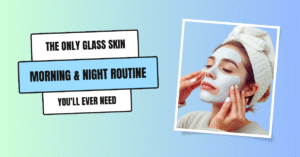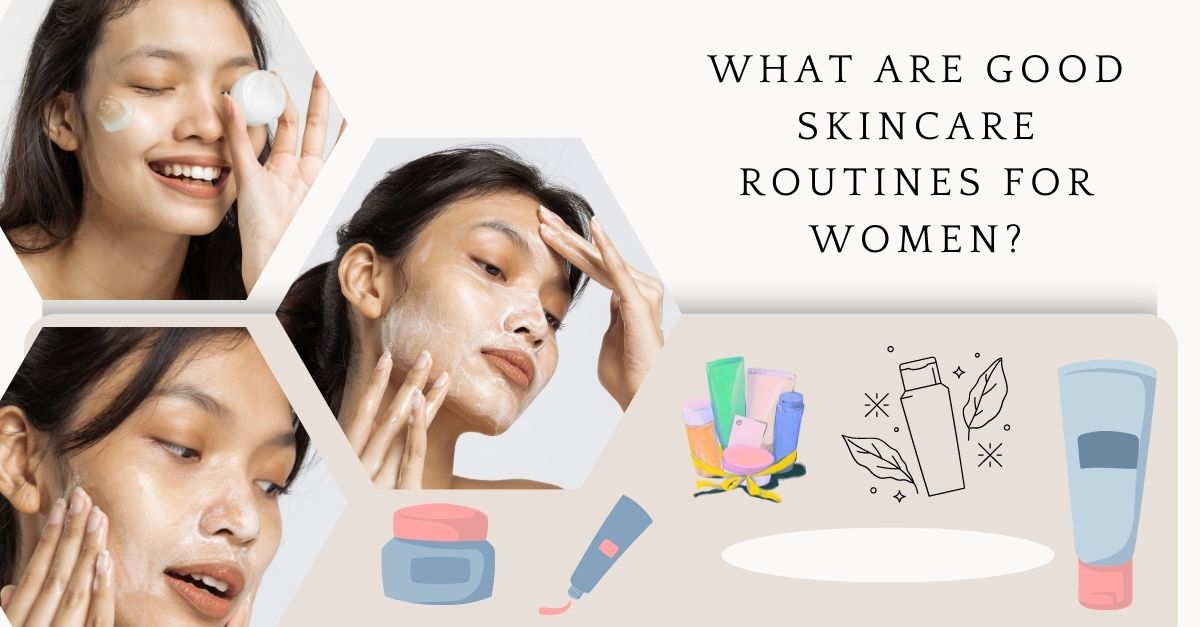If you’re reading this article, you may want to become a fashion influencer but aren’t able to afford the funds required to achieve this. Don’t fret, as you’ll be able to reach your goals by using…

Trending Post

What Is The Right Way To Trim And Edge Beard At Home?
Beard is an important part of men’s beauty. A well-shaped beard adorns the face of a man and reflects his style and personality. In terms of men’s fashion, full neck, thick, facial hair have always made a statement...

Hello, I'm Rohit Vagh
I'm a content writer specializing in fashion and lifestyle. I have two years of experience in this field and have written various articles. I have a deep passion for fashion and am constantly researching the latest trends and styles to make sure my readers are up to date. I'm excited to continue my career in blogging, and I'm always looking for new opportunities in the fashion and lifestyle space.













